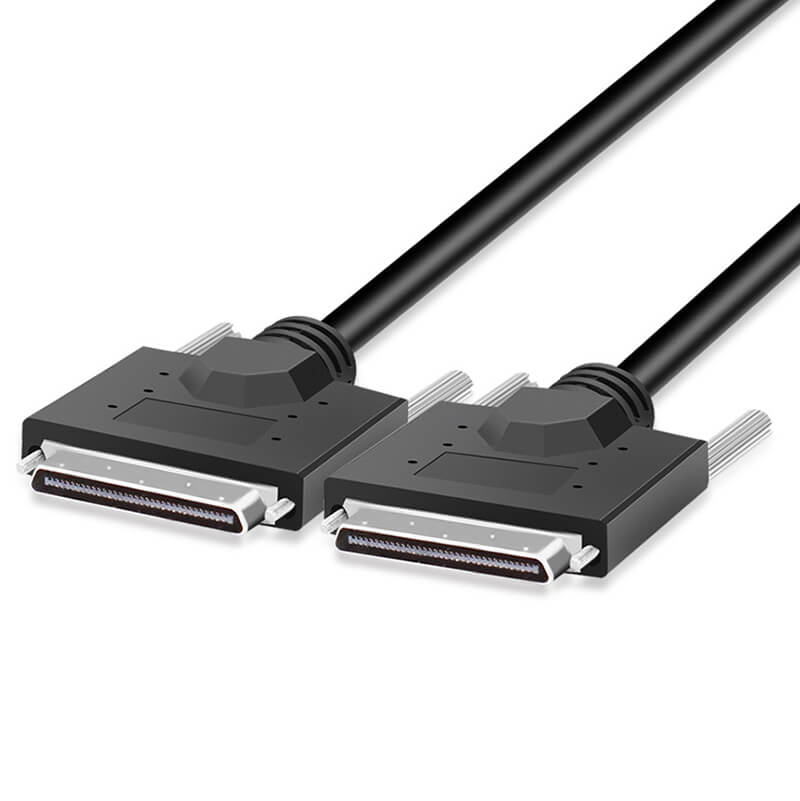Table of Contents
In today’s technology-driven world, wire harnesses are the backbone of modern electronics.
From consumer gadgets to industrial machinery, wire harnesses play a critical role in ensuring devices function smoothly and efficiently.
While they often go unnoticed, these bundled wires and connectors make everything from smartphones to airplanes work reliably.
I once had a client who was experiencing intermittent failures in their high-end medical devices.
After a thorough investigation, we discovered the issue lay in a poorly assembled wire harness.
A minor misalignment in the wiring caused unexpected disruptions. Once we replaced it with a properly designed and assembled harness, their issues vanished. That experience reaffirmed to me just how crucial wire harnesses are in modern electronics.

What is a Wire Harness?
A wire harness is an organized assembly of cables, wires, and connectors that transmits electrical signals or power within an electronic system.
It simplifies complex wiring, improves safety, and ensures durability in various applications.
Why Are Wire Harnesses Important?
Enhance Electrical Efficiency: Reduces signal interference and power loss.
Improve Safety: Protects wires from wear, damage, and potential electrical failures.
Simplify Installation: Pre-assembled designs save time and reduce errors.
Increase Durability: Provides shielding against environmental factors like heat, moisture, and vibration.
Key Industries that Depend on Wire Harnesses
Consumer Electronics
Wire harnesses in consumer electronics ensure seamless connectivity between components in devices such as laptops, smartphones, and gaming consoles.
Key Features:
Compact and lightweight design
EMI/RFI shielding to prevent interference
High-speed data transmission capability
Common Applications:
Smartphones and tablets
Smart home devices
Gaming consoles and VR systems
Automotive Industry
Modern vehicles rely heavily on wire harnesses to connect various electrical components, from lighting to infotainment systems.
Key Features:
Heat-resistant and flame-retardant materials
Waterproof and vibration-resistant designs
High-current carrying capacity
Common Applications:
Electric vehicle (EV) battery connections
Advanced driver-assistance systems (ADAS)
In-car entertainment and navigation systems
Medical Devices
In the medical industry, precision and reliability are crucial. Wire harnesses help power and connect critical devices used for diagnostics and treatment.
Key Features:
Biocompatible and sterilization-resistant materials
Shielded wiring to prevent signal loss
Compliance with medical safety standards
Common Applications:
MRI and CT scanners
Patient monitoring systems
Surgical robotics
Industrial Automation
Factories and manufacturing plants require durable wire harnesses to power and control machinery and automation systems.
Key Features:
High resistance to heat, chemicals, and mechanical stress
Heavy-duty insulation for long-term durability
Custom configurations for various automation needs
Common Applications:
Robotic assembly lines
Power distribution systems
Control panels and sensors
Aerospace and Defense
Aerospace applications demand wire harnesses that can withstand extreme conditions, including high altitudes and intense vibrations.
Key Features:
Lightweight yet strong materials
EMI shielding for signal integrity
Compliance with military and aerospace regulations
Common Applications:
Aircraft communication systems
Radar and navigation controls
Satellite and space exploration technology
Comparing Standard vs. Custom Wire Harnesses
| Feature | Standard Wire Harness | Custom Wire Harness |
|---|---|---|
| Fit & Compatibility | Generic fit for common applications | Designed for specific needs and dimensions |
| Performance | Basic electrical performance | Optimized for higher efficiency and reliability |
| Durability | Limited environmental resistance | Built to withstand harsh conditions |
| Cost | Lower initial cost but potential long-term failures | Higher upfront cost but greater long-term savings |
Challenges in Wire Harness Design and Assembly
Despite their importance, wire harnesses come with design and manufacturing challenges. Some common issues include:
Improper Crimping: Poorly crimped connectors can lead to electrical failure.
Inadequate Shielding: Lack of shielding can cause interference in sensitive applications.
Overlooking Environmental Factors: Heat, moisture, and chemicals can degrade harnesses if not properly accounted for.
Complexity in Large-Scale Manufacturing: Large-scale production requires precise automation and rigorous testing.
Future Trends in Wire Harness Technology
As technology advances, wire harnesses continue to evolve. Some exciting trends include:
Miniaturization: With devices getting smaller, harnesses are becoming more compact.
Higher Data Transmission Speeds: As demand for faster communication grows, high-speed data harnesses are being developed.
Enhanced Sustainability: Eco-friendly and recyclable materials are gaining traction.
Increased Automation: AI and robotics are improving harness design and manufacturing efficiency.

Final Thoughts
Wire harnesses may not always be in the spotlight, but they are indispensable in modern electronics.
Whether in consumer devices, automobiles, medical equipment, or aerospace technology, wire harnesses ensure everything runs smoothly and safely.
I’ve seen firsthand how a high-quality harness can make a significant difference, reducing failures and increasing efficiency.
If you’re designing or upgrading an electronic system, investing in the right wire harness can save you time, money, and headaches in the long run.
Need help choosing the best wire harness for your needs? Feel free to reach out!